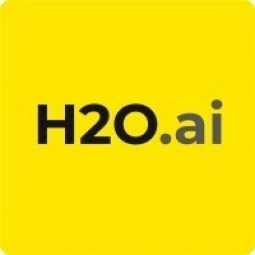Suppliers
United States
H2O.ai
Overview
This profile is not managed yet, if you would like to manage
this profile, please contact us at team@iotone.com
this profile, please contact us at team@iotone.com
 |
H2O.ai |
| United States | |
| Mountain View | |
| 2012 | |
| Private | |
| $10-100m | |
| 201 - 1,000 | |
| Open website |
IoT Snapshot
Technology Stack
Case Studies
Number of Case Studies2
|
H2O.ai empowers New South Wales Government To Deliver Exceptional Services for its Citizens with AI
The New South Wales (NSW) Government wanted to build out its data practice and initiatives. They needed to enable its analysts to draw upon data science and automatic machine learning platforms to help find answers, pinpoint solutions and use data to create better services for all. The government was looking for a solution that could improve the accuracy of its predictive models and empower its team of data scientists to build models faster. |
|
|
H2O for Real Time Fraud Detection
Organizations responsible for fraud prevention are facing a host of challenges at the transaction, account, and network-level to detect fraudulent behavior and suspicious activities. Fraudulent transactions are rare, but costly if they aren’t detected. In the credit card business, for example, third-party fraud accounts for roughly 4 out of every 10,000 transactions. Modeling rare events is difficult, like finding a needle in a haystack. For best results, gather as much data as possible, and use the most advanced techniques available. |



